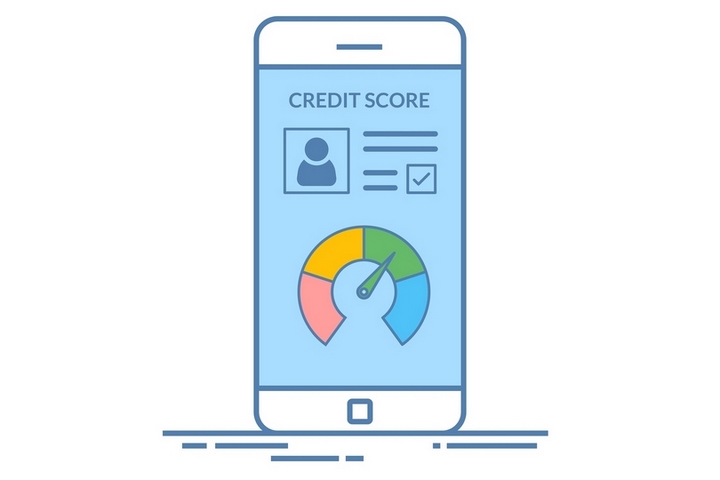
Credit scores exist to make decisions easier for lenders such as banks and credit unions by helping them establish a borrower’s creditworthiness. A credit score can be defined as a numerical expression generated from information from a person’s credit files (credit report), sourced from credit bureaus.
The lenders use the credit score to determine who qualifies for a loan, who is most likely to bring in the most revenue and also to evaluate how much of a risk they are taking by lending to a person. There are various types of credit scores, which generally range from 300 to 850 points and are used by credit bureaus to evaluate a person’s worthiness to receive credit. A bad credit score may mean your loan options are severely limited.
To help you understand more, below are six different types of credit scores and their ranges:
1. FICO

The FICO, considered the most reliable due to its sterling track record, is the most recognized. Since 1989, the FICO credit score has had numerous revisions to adapt it to the changing dynamics of credit scores. A score above 740 is considered excellent, while any score below 600 is deemed to be poor. An average rating is anywhere in between. FICO credit scores vary depending on each of the three main credit bureaus and the purpose of your loan.
FICO uses various factors to calculate your score, including your payment history, how long you have had credit, type of credit, credit limit, how much of the limits you are using, and how much debt you have. Each of these factors is expressed as a percentage to establish your FICO score.
2. Vantage Score

Vantage score was first introduced by the three major credit reporting bureaus (Transunion, Equifax, and Experian) in 2006 to compete with FICO. To arrive at a score, vantage score analyzes factors such as your payment history, low credit card balances, and your history of avoiding new credit obligations. The scores range from 501 to 990, expressed as grades A to F. 40% in vantage score is attributed to your payment history. Spending less than, or close to, 30% of your credit, will improve your vantage score.
While 20% is attributed to your credit utilization, 11% is derived from your total balances (total debt). The lower the debt, the higher the chance of increasing your credit score. For new accounts, you get 5% of your score from recent borrowing behaviour, and the number of hard inquiries. A low score in your credit report is a good sign; you will get a better vantage score as a result. Vantage score can also be calculated based on your available credit. It. It refers to the amount of credit at your disposal and accounts for 3% of your vantage score.
The FICO and Vantage credit scores are the most popular. Although both types of credit scores use similar scoring scales that range from 300 to 850, vantage score features a letter grade (A through F) to help one understand their score. Unlike FICO calculations, a vantage credit score gives certain factors more weight than others, which means the scores could be similar, but rarely identical.
3. TransRisk

TransRisk is another credit score based on information from the TransUnion, which determines an individual’s risk, not from existing accounts, but new ones. A TransRisk score is generally lower than a FICO score.
4. Insurance Score

An insurance score is used mostly by insurance companies to determine the risk of a customer. With a score range of between 200 and 997, a score of 770 is considered a good, while anything below 500 is poor. An insurance score is used to determine premiums.
5. Credit Xpert Scores

To help businesses approve new accounts, the credit Xpert credit score was developed. It analyzes credit reports to detect misinformation or to raise its score quickly. This, in turn, leads to more loan approvals.
The Credit Xpert scores is a free service meant to create free, transparent and accurate credit ratings. The emergence of CE credit score was necessitated by a trend where customers would pay to receive better credit scores. It was also noted that companies were refusing to divulge how they calculated their credit scores. Credit Xpert scores range from 330 to 830.
6. Experian Score

The Experian’s National Equivalency Score ranges from 0 to 1000. A score of 360 and below is considered bad, while 840 and above is seen as good. Experian score bases its calculations on different criteria such as your payment history, credit mix, credit length, credit utilization, number of inquiries, and remaining balance.
Credit scoring models were developed as a strategic method for underwriting and administering credit cards, credit debt, residential mortgages, direct and indirect consumer installment loans. They are especially important because they help lenders to quickly and impartially evaluate thousands of applications. Besides, consistency in data scoring makes the task of preparing financial statements, establishing credit account statuses and credit ratings, accurate and quick. To maintain an impressive credit score, do not default on your loan payments and avoid making bad financial decisions.